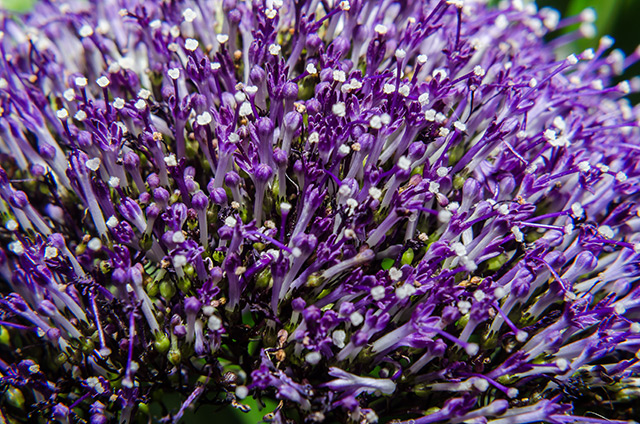Natural treatment for human brucellosis found in a dwarf shrub native to east Asia
08/16/2018 / By Michelle Simmons

Researchers have found a natural treatment for human brucellosis in a dwarf shrub found in Mongolia. The study, published in the journal BMC Complementary and Alternative Medicine, looked at the antibacterial activity of the root extracts of Caryopteris mongolica Bunge against Brucella melitensis, the gram-negative bacteria that causes brucellosis.
In the study, researchers at the National University of Mongolia and the Institute of Veterinary Medicine in Mongolia used 30 mice and grouped them into six groups: five groups were infected with the M16 strain of B. melitensis, while the remaining group was kept healthy. Out of the five groups, one group was used for pretreatment monitoring, another group served as the control group; and the three other groups were treated with one oral gavage per day for 21 days with 2 mg/day of doxycycline, 1 mg/day of doxycycline in combination with 20 mg/day of C. mongolica root extract, and 20 mg/day of C. mongolica root extract.
The researchers found that the daily treatment of C. mongolica root extracts in combination with doxycycline significantly reduced infection in the spleen. However, it also substantially reduced the size of the spleen. Spleen sizes were also significantly reduced in groups treated with doxycycline, which indicated that reductions in spleen sizes were a side effect of the drug.
On the other hand, the group of mice treated with C. mongolica root extract only exhibited more modest results in the ability to kill Brucella in comparison to the other groups. In addition, mice in this group also had the closest spleen sizes to normal mice.
Based on the findings of the study, the researchers concluded that the C. mongolica root extract could be used as an alternative for treating and preventing Brucella infection. In addition, because it is natural, it can help people avoid the use of antibiotics, eliminating its side effects, and prevent the development of antibiotic resistance.
Things you need to know about brucellosis
Brucellosis is caused by the group of bacteria called Brucella, which thrive in the reproductive organs of their host animals. This infection is transmitted from animals to humans normally through the ingestion of contaminated food products. The most common way people get infected is by drinking raw dairy products, such as milk. When sheep, goats, cows, or camels are infected, their milk becomes contaminated with the bacteria. (Related: 4 seemingly harmless but absolutely dangerous wild animals to avoid during hikes.)
The infection can also be transmitted by breathing in the bacteria, which puts people in laboratories who work with the bacteria at greater risk. Moreover, people who work with animals and raw meat or in a slaughterhouse are also at a higher risk of getting infected with the bacteria. Bacteria can also enter the body through skin wounds or mucous membranes.
In the U.S., up to 140 cases of brucellosis are reported every year, according to the Centers for Disease Control and Prevention (CDC). Although rare in the U.S., it can be serious. At first, brucellosis will cause flu-like symptoms, such as fever, sweats, malaise, anorexia, headache, pain in muscles, joints, and/or back, and fatigue. However, some signs and symptoms may persist for longer periods of time, while others may never go away or reoccur. These can include recurrent fevers, arthritis, swelling of the testicle and scrotum area, swelling of the heart, neurological symptoms, chronic fatigue, depression, and swelling of the liver and/or spleen.
Fortunately, brucellosis is preventable. It can be prevented in simple ways:
- Refrain from eating raw meat or raw dairy products.
- When handling animal tissues, wear protective gloves, goggles, gowns, and/or aprons.
Read more news stories and studies on natural treatments by going to AlternativeMedicine.news.
Sources include:
Tagged Under: alternative medicine, Brucella infection, Brucella melitensis, Brucellosis, Caryopteris mongolica, herbal medicine, Herbs, Natural Treatments, plant cures, plant medicine, root extract



















